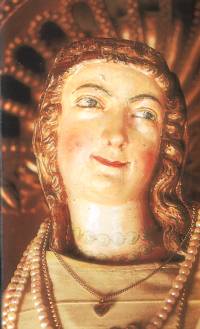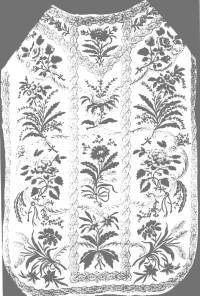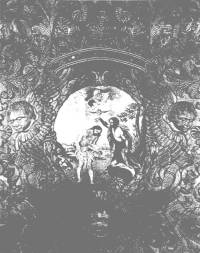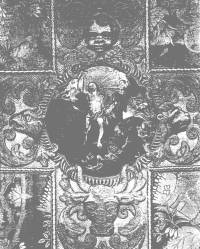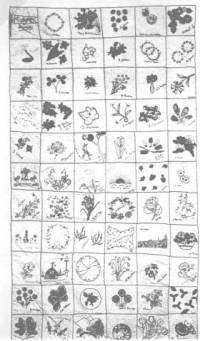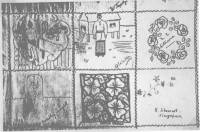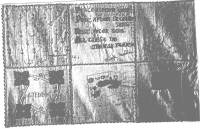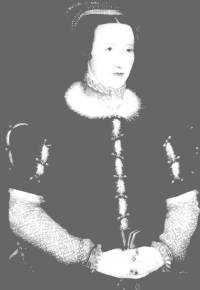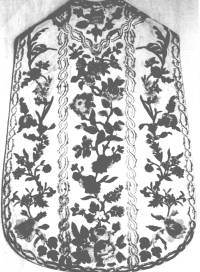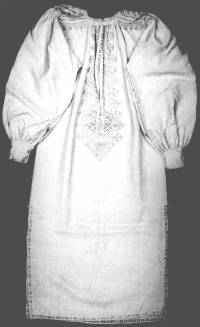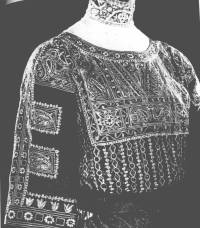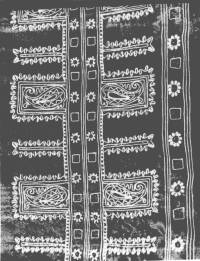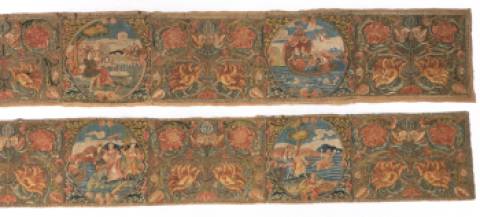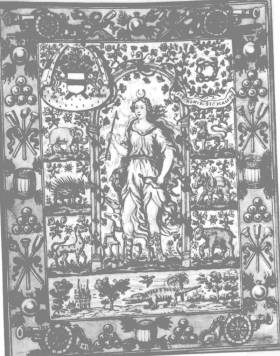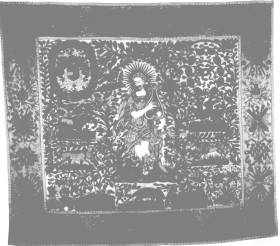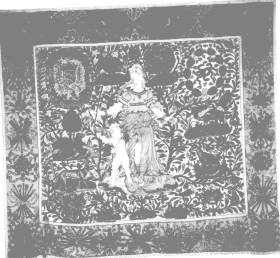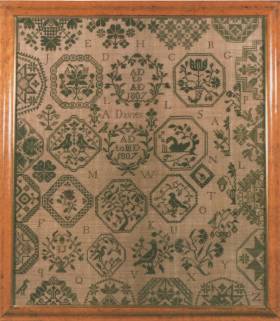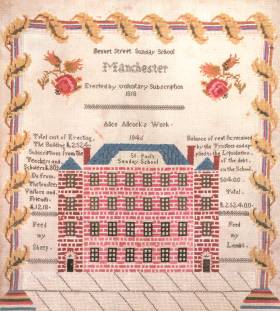content:
- Der Schatz des Gnadenbildes im Dom zu Aachen, by Georg Minkenberg, Wibke Huebner, Monica Paredis-Vroon
- Tessuti Merletti Ricami degli Antichi Ospedali Veneziani, Doretta Davanzo Poli
- Rubenstextiel/Rubens’s Textiles, catalogue
- A Patchwork of Internment, Bernice Archer
- Wegbereiterin der modernen Kunst, Elsi Giauque, 1900-1989
- An Elizabethan Inheritance, The Hardwick Hall Textile, by Santina M. Levey
- Die Paramentenstiftungen der Kaiserin Maria Theresia von Oesterreich, Dorit Koehler
- Seta & Oro: la collezione tessile di Mariano Fortuny, Doretta Davanzo Poli
- Mode en Belgique au XIX Siecle/Mode in Belgie in de 19de Eeuw, M. Coppens
- The Fine Art of Textiles, The Collection of the Philadelphia Museum of Art, Dilys E. Blum
- Les tentures brodees de l’Arsenal, au Musee National de la Renaissance: Nouvelles recherches iconographiques, by Daniele Veron-Denise
- A Schole-House for the Needle, a reprint of Richard Shorleyker in 1632
- Samplers, Rebecca Scott, Witney Antiques
| summary by A.W: G. Minkenberg writes about the miraculous Maria statue of the cathedral of Aachen, its insignia, jewels and votive gifts. Wibke Huebner traces the history of clothing of statues and together with Monica Paredis-Vroon she compilated the present catalogue of costumes for Virgin Mary and Child. The catalogue is small and made in a simple way. It is useful as it describes the costumes, with datation, measurements, Inventary Numbers, technique and condition of the pieces. Only few black and white illustrations are added. The wooden statue was first sculptured in 1325. A fire of 1676 destroyed it and only the face and the right hand of the Virgin and the face of Christ were saved. These parts were fitted in a new baroque statue. 38 costumes of the statue are preserved in the treasury of the cathedral. The oldest costume was donated in 1629 by Isabella Clara Eugenia (regent of Belgium). Other famous donations were: in 1700 a red gown by Eleonore of Wittelsbach, in 1690 a red velvet gown by emperor Joseph Ist. The newest costumes were made in 1985 by Elisabethinnen Schwestern, Kloster Preussweg, Aachen, in 1987 by Christa Queck, Aachen, in 1992 by Josefa Willms, Aachen. Literature: |
|
| Doretta Davanzo Poli,
‘Tessuti Merletti Ricami degli Antichi
Ospedali Veneziani’ Vicenza 1997. Text in Italian, illustrated in colour and black and white. |
| Each year the Vicenza Antiquaria, the antiques fair in Vicenza presents a selection of the best items from the ‘minor’ museum collections of the Veneto. This year the choice fell on church vestments and lace from the collection of the Istituzioni di Ricovero e di Educazione, the old hospitals, charitable institutions and girl’s schools of Venice. This collection of nearly 1000 objects is scattered over various churches, oratories and institutes. | 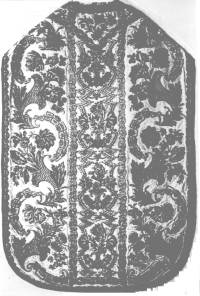 |
 |
| The selection shown in Vicenza included chasubles from three sets of embroidered vestments. Two with rich embroidery in coloured silks and gold thread are dated to the first half of the 18th century and attributed to Venetian workshops. The third, embroidered in coloured silks, has a design of 18th-century inspriation, but with elements that date it to the second half of the 19th century. Nos 1 and 3 come from the Ospedale dei Derelitti (l’Ospedaletto), no 2 from Pio Luogo delle Penetenti. |
|
| catalogue:
Rubenstextiel/Rubens’s Textiles Antwerp 1997 text in Dutch and English, illustrated in colour and black and white |
| This
exhibition, held in the splendid setting of the
Hessenhuis, a 16th-century warehouse of which the
interior was adapted in the 19th century, marked
the fiftieth anniversary of the Rubens House in
Antwerp. The last section of the lavish
catalogue, which is devoted to embroidery, begins
with an excellent introduction by Frieda Sorber
on embroidery in Antwerp in the 17th century.
Much documentary evidence is presented on
professional embroiderers, whose numbers
increased in the first half of the century, but
declined sharply thereafter. An interesting
aspect here is the evidence of contact between
Antwerp embroiderers and their counterparts in
Spain. Records reveal that the period of
apprenticeship for an embroiderer was three
years, after which he could become a master,
provided he could afford the enrolment fee. There
are no references to women in the registers of
the Antwerp Guild of St Luke, the painters’
guild to which the embroiderers also belonged, in
the first half of the 17th century and only two
in the second half. The professional embroiderers in the
guild mainly did church work, but they probably
also embroidered costume items such as gloves,
although, to judge from inventories and account
books, not much embroidery seems to have been
worn by well-to-do people in 17th-century
Antwerp. Embroidery was also used only sparsely
for furnishing, but many inventories contain
references to embroidered pictures, some of which
may have been amateur work. Nor have any Antwerp
cabinets decorated with embroidery been found in
Antwerp inventories as yet, although they are
mentioned in trade records from 1621 to at least
1665. Interesting documentary evidence is also
given in the discussion of techniques. By contrast to all this commercial activity, references to amateur work done at school or in the home are almost nonexistent. Nor were any pattern books ever published in Antwerp. The embroideries in the exhibition, all illustrated in colour, have scenes after compositions by Rubens, which continued to be used up to the first quarter of the 18th century. These are worked in or nue and/or needle painting and show varying degrees of refinement. It seems possible to distinguish various hands, but no attributions can be made to a particular workshop. |
|
| One
piece bears the date 1658: a chalice veil showing
the Descent of the Holy Ghost surrounded by
beautifully worked symmetrical coiling stem and
formal ornament in gold thread of various kinds
on a red satin ground. The most splendid embroidery in the exhibition was a breathtakingly beautiful altar frontal with a central scene of the Baptism of Christ done in subtle needle painting, which is surrounded by cherubs’ heads and a design of scrolling branches with flowers, fruit and leaves worked mainly in gold and some silver thread in relief against a background embroidered in silver thread. The gold embroidery is further enhanced by subtle accents in coloured silks, but the most extraordinary thing about it is that, although it is so rich and extensive, it does not distract attention from the small central medaillion. Unfortunately the catalogue contains only a detail photograph of the latter, which does not do justice to the beauty of the frontal as a whole. It belonged to the Begijnhof church at Lier and probably came from the same workshop as a chasuble orphrey from Antwerp Cathedral showing the Resurrection surrounded by the symbols of the four evangelists, the purchase of which was recorded in 1721, though without any mention of the name of the embroiderer, who was certainly a supreme craftsmen, not to say artist. These pieces are, indeed, all the more remarkable for dating from a period when this kind of embroidery was rapidly going out of fashion. |
|
| Bernice Archer, ‘A
Patchwork of Internment’ in: History Today, July 1997, pp.11-18 |
| An
interesting account of three patchwork quilts
made by British and Commonwealth women who were
interned in Chiangi gaol in Singapore from 1942
to the middle of 1944. The quilts, each composed
of 66 six-inch squares of white sacking
embroidered and signed by individual women, were
made as gifts for the British, Australian and
Japanese Red Cross. They were also a way of
communicating with the women’s menfolk, who
at that time were interned in Chiangi Military
Barracks. Many of the squares inevitably reflect
the popular floral embroidery of the day and
there is even a ‘crinoline lady’ in one
of them, but some contain nostalgic or patriotic
motifs or reflections of the women’s harsh
situation. The quilts given to the Japanese and
Australian Red Cross are now at the Canberra War
Memorial in Australia, that given to the British
Red Cross in the British Red Cross Museum. Say it with flowers: the whole quilt made for the Japanese Red Cross in which the women were careful to avoid blatantly antagonistic images, but which, bearing the stitched signatures ofits makers, remains nevertheless a poignant testament to their courage and endurance |
|
"It was only a dream":a detail from the British quilt |
"Something of herself": a detail from the British quilt which includes Scottish and Welsh national symbols. |
